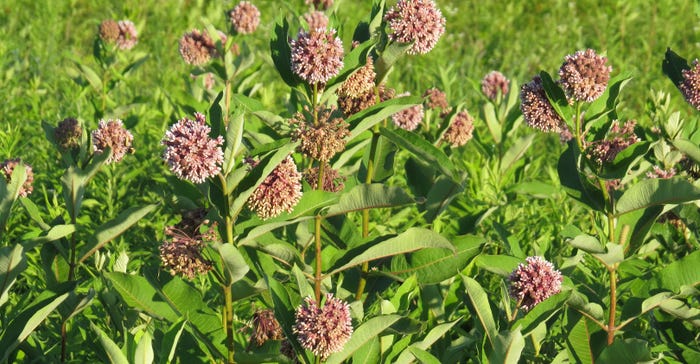
If you want to help monarch butterflies, you can donate to Friends of the Earth. The organization will then send you tons of emails, asking for a donation almost every time and quite often bashing major chemical companies for destroying the habitat of the monarch butterfly — milkweed plants — and releasing poisons in the form of neonicotinoid dust into the air to wipe out all the bees. At least that’s the impression you get if you read their emails.
Or you can do what Duane Sickles does in Randolph County, Ind. The grain, Christmas tree and livestock farmer leaves a small area with hopes that natural milkweed will grow to support monarch butterflies. Or you can do what the Jennings County Soil and Water Conservation District recommends, and devote acreage, even if it’s a small acreage, to pollinator plants.
“Your neighbors may think they’re just weeds at first, and that’s part of the education process,” says Andy Ertel, executive director of the Jennings County SWCD. “Our district partnered with Jennings County FFA to construct and place signs at plantings that inform people about the identity of various pollinator plants. We also try to educate them as to the value of these plants. They attract various pollinators. And if milkweeds are part of the mix, they become a food source for monarch butterflies.”
Monarch larvae feed on milkweed plants, and will strip plants, although those same plants may still bloom later, depending upon the variety.
Donna Stanley, with the U.S. Fish and Wildlife Service and a Muscatatuck National Wildlife Refuge ranger, captured many pollinator plants, including various milkweeds, with her camera. Look at the type of beauty these plants can produce in the slideshow accompanying this article.
Ertel adds that besides helping pollinators, establishing native plants helps provide a food source for songbirds. “Some of these species are in decline, too, due to loss of habitat,” he says.
About the Author(s)
You May Also Like




